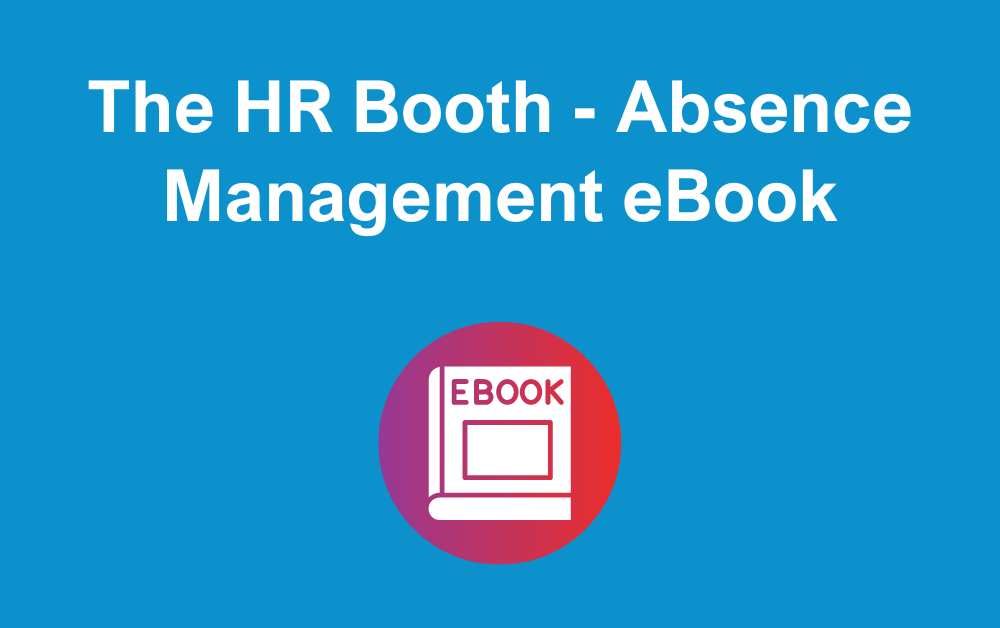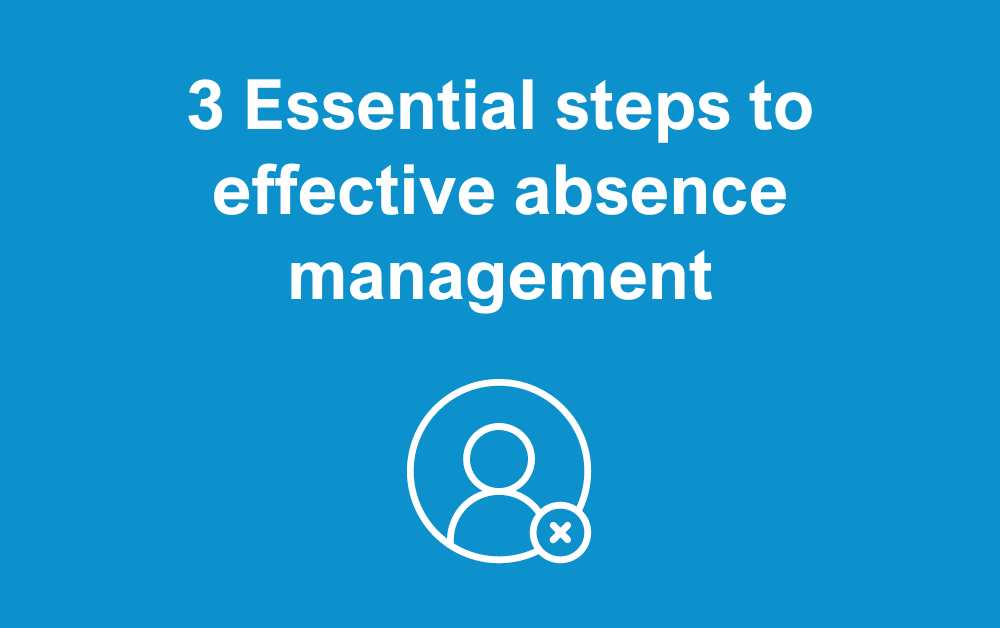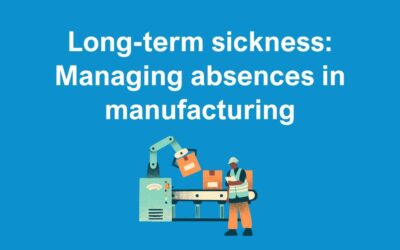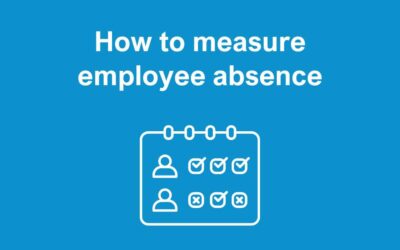According to the CIPD Annual Survey Report, absence levels and the cost of absence are down. In fact, the average level of employee absence is at 6.6 days per employee. Although the causes of absence remain unchanged – including minor illness, stress, and acute mental ill health and medical conditions – absence management is under better control than ever before.
Yet, a large part of the advice we provide to our clients is around absence. Furthermore, many organisations still struggle to make their absence management programs as effective as they should be. There are always improvements to be made and whether organisations lack the ability to interpret regulations, face challenges with employees when they return to work, or lack the resources to manage absenteeism, some essential tips are guaranteed to benefit any company.
Below, we explore three essential steps you can follow as a roadmap to improve your absence management efforts. This will also help you to better control employee outcomes following absences. Doing so is sure to improve organisational efficiency while decreasing costs and administrative hassle with employee turnover.
Step 1: Tackle Common Sources of Absence in the Workplace
As an employer, you have a legal duty to provide for the well-being of your employees. While absence management obviously includes compliance with health and safety laws, it may also include measures such as:
- Physical Hazards – Provide employees with enough breaks during the day. You must also ensure each employee is properly trained in how to handle all machinery in the workplace.
- Emotional and Psychological Stress – Too much work, too little control, or poor relationships with coworkers can all put a strain on employee relationships. By adjusting your workplace accordingly, you can avoid some of these stressors in the workplace.
- Awareness Campaigns – Initiatives that promote a healthy diet, exercise, and mental health are great ways to introduce employees to new, simple ways to care for themselves outside the workplace.
Step 2: Refer Employees to Proper Health Management Programs
For employees experiencing long-term absence, additional programs can be helpful to overcome the current reason for illness. This will also help them to transition back into the workplace and prevent future issues. Most organisations offer some form of an employee assistance program. Others offer a disease management program to provide additional resources to employees facing pressing health problems.
More companies are beginning to offer more comprehensive wellness programs as part of their absence management policy. Not only are wellness programs engaging, they’re also a simple way to introduce healthy habits into the workplace. For example, you may want to have a once weekly exercise session during work hours. Doing so, and encouraging the participation of all employees, is likely to encourage other healthy habits that will improve general well-being and decrease absence over time.
Engagement in these programs is vital because, without engagement, employees are likely to fall back on poor habits that may compromise well-being. As such, be sure to work with your employees to implement this preventative measure in your organisation.
Step 3: Create a Return-to-Work Program
A return-to-work program addresses one of the problems many employers don’t consider when it comes to absence management: employee productivity and work capacity upon returning to the office. We keep harping on about this and it’s amazing how few businesses actually do this really well. Some companies already have a vague return-to-work program in place but haven’t put a lot of thought behind the process.
The best return-to-work programs include:
- Interactive processes, including interaction between the employee, manager, HR representative, case manager, and physician, if necessary, to determine the best course of action for returning to work;
- A framework for absence based on diagnosis and recovery times; and
- Special accommodations to make the transition back to work as seamless as possible.
Of course, not every case of employee absence will demand such measures. However, it’s important to consider the various layers of return-to-work policies you should have written and in place.
What Steps Will You Take?
Preventing problems before they begin, relying on health management programs when problems do occur, and implementing a robust return-to-work program are all simple ways to reduce the impact of employee absence in your workplace. Small steps can make a significant difference and by following the tips above, you can ensure your workplace doesn’t fall victim to the mistakes you may have made in the past.

e-book content
There is a series of things you can do to encourage or improve good health and wellbeing; these play a crucial role in absence management, alongside the no-so-nice things, like disciplinaries for excessive or persistent absence, or those cases where you know your employee is pulling a fast one.







